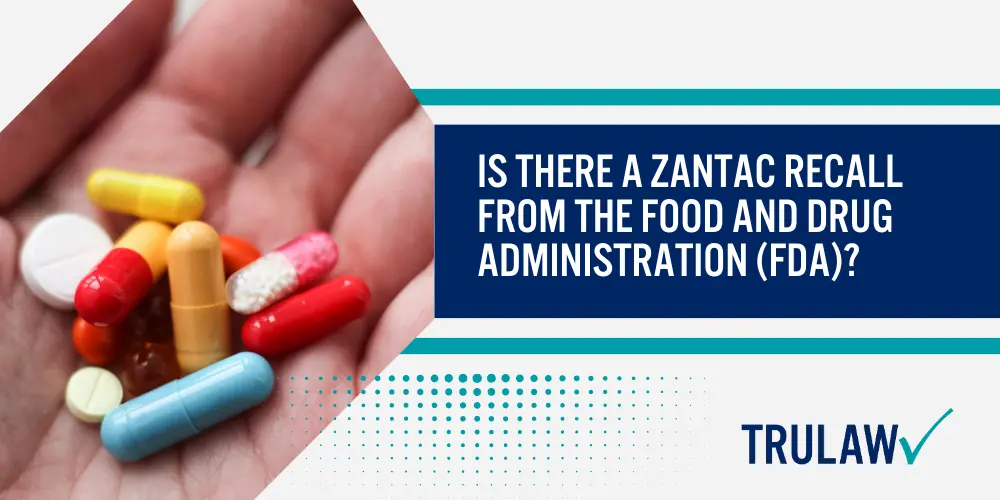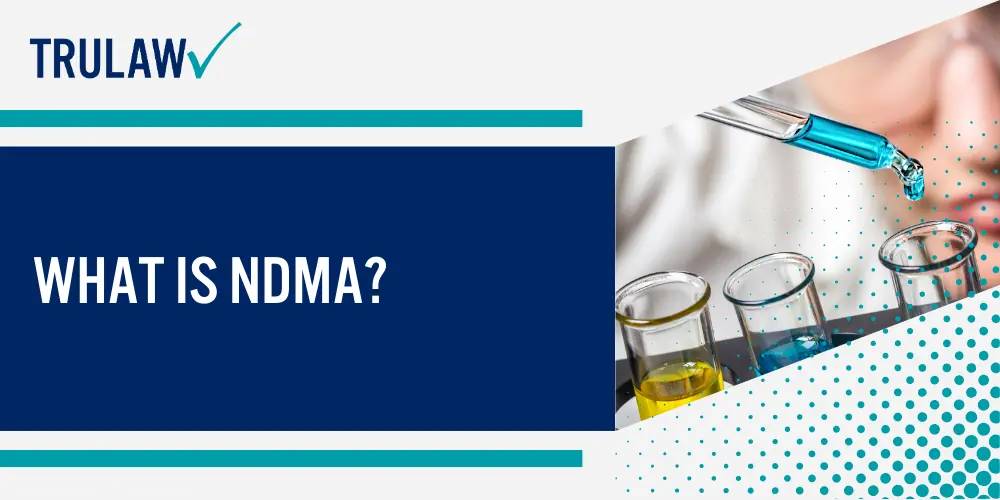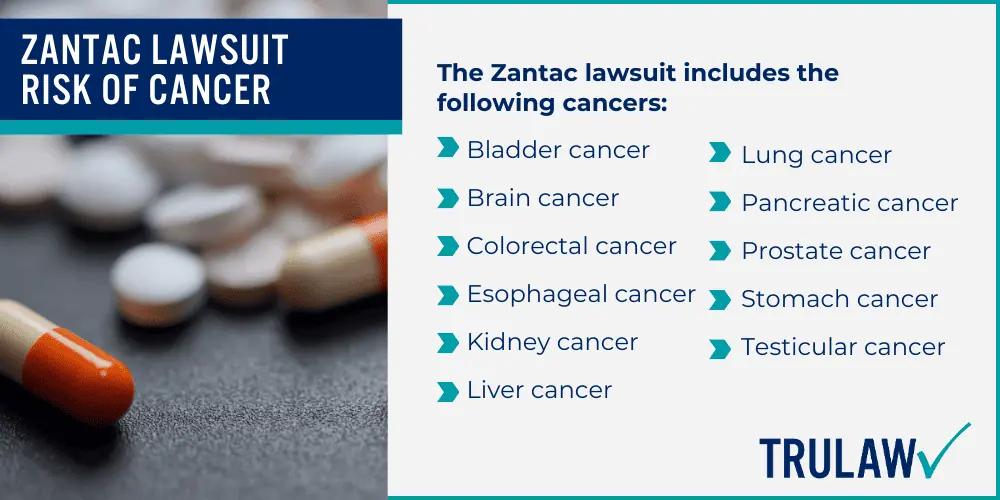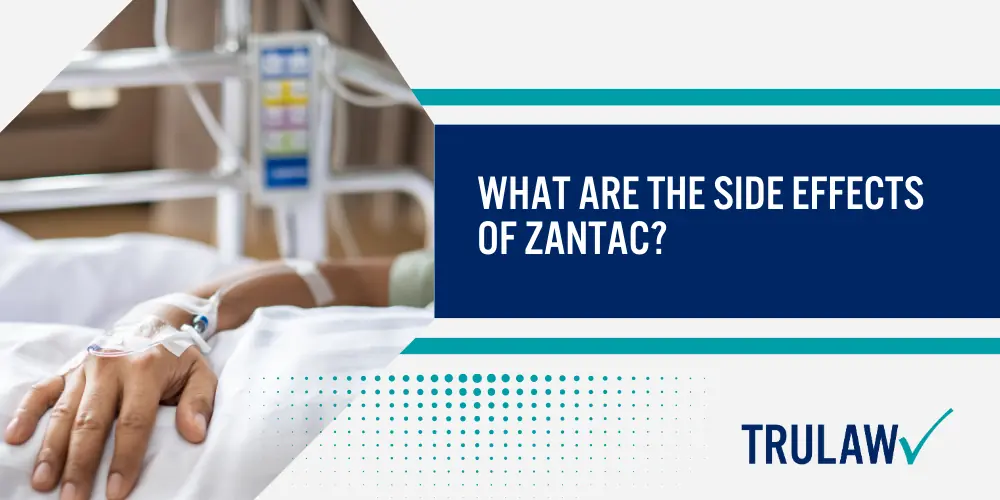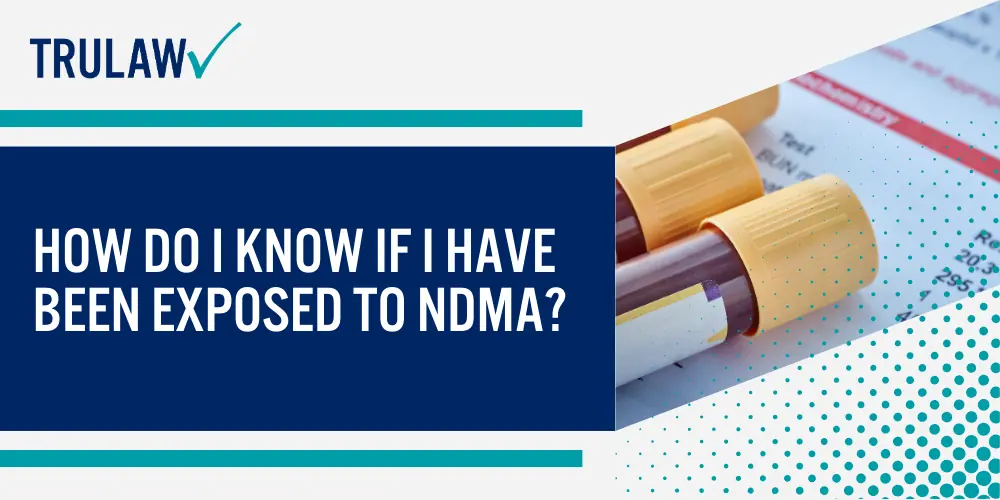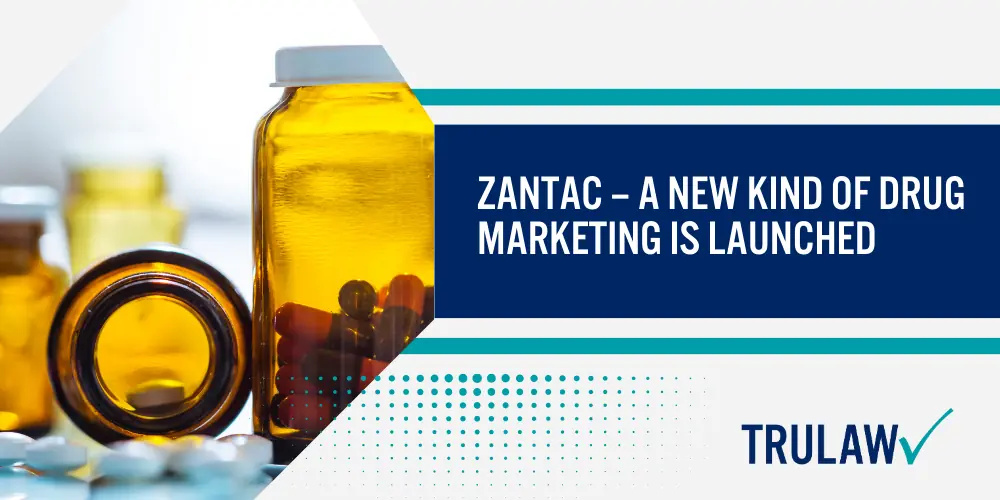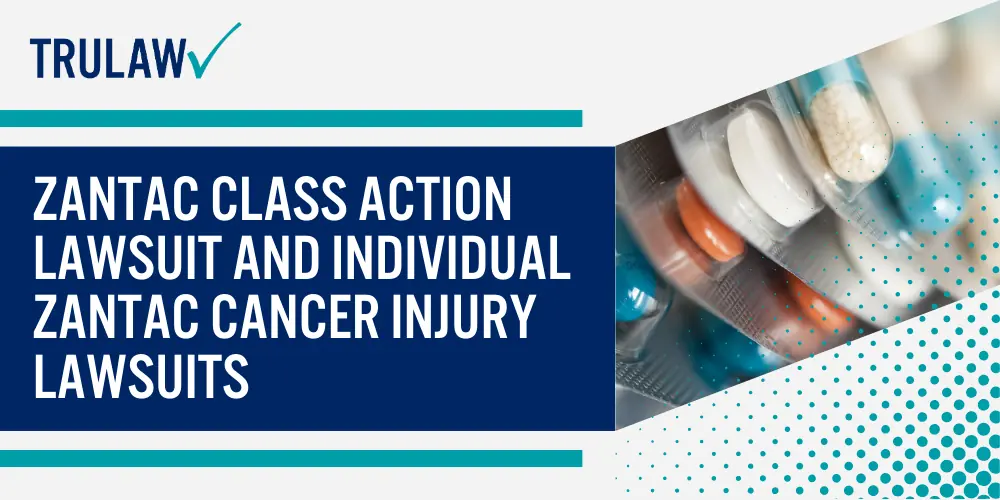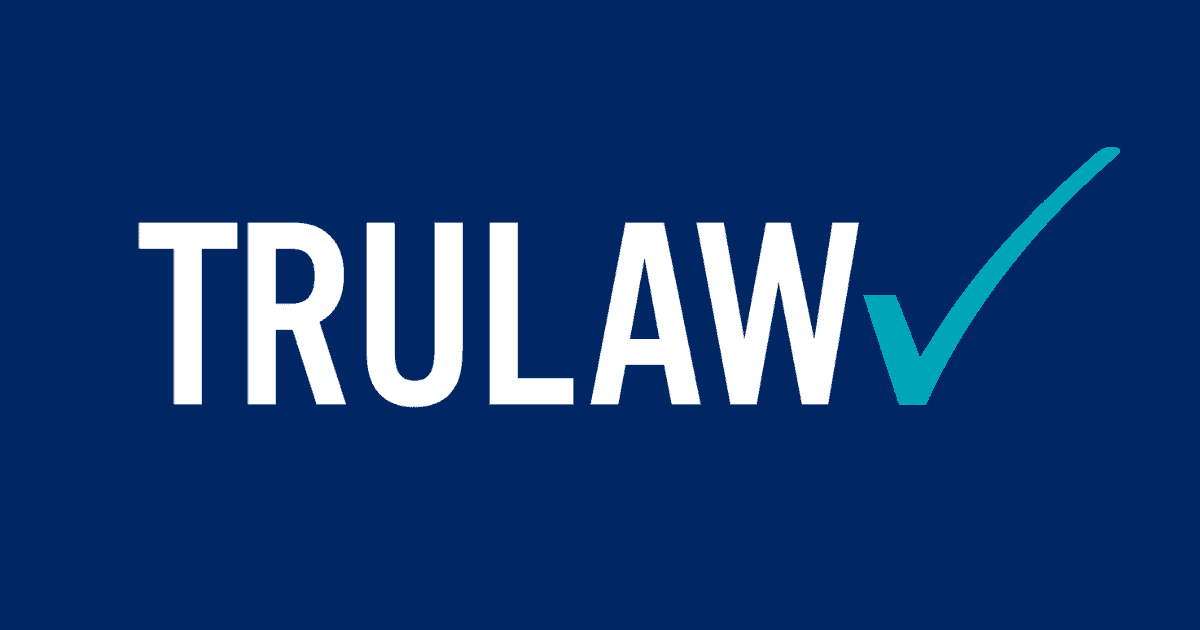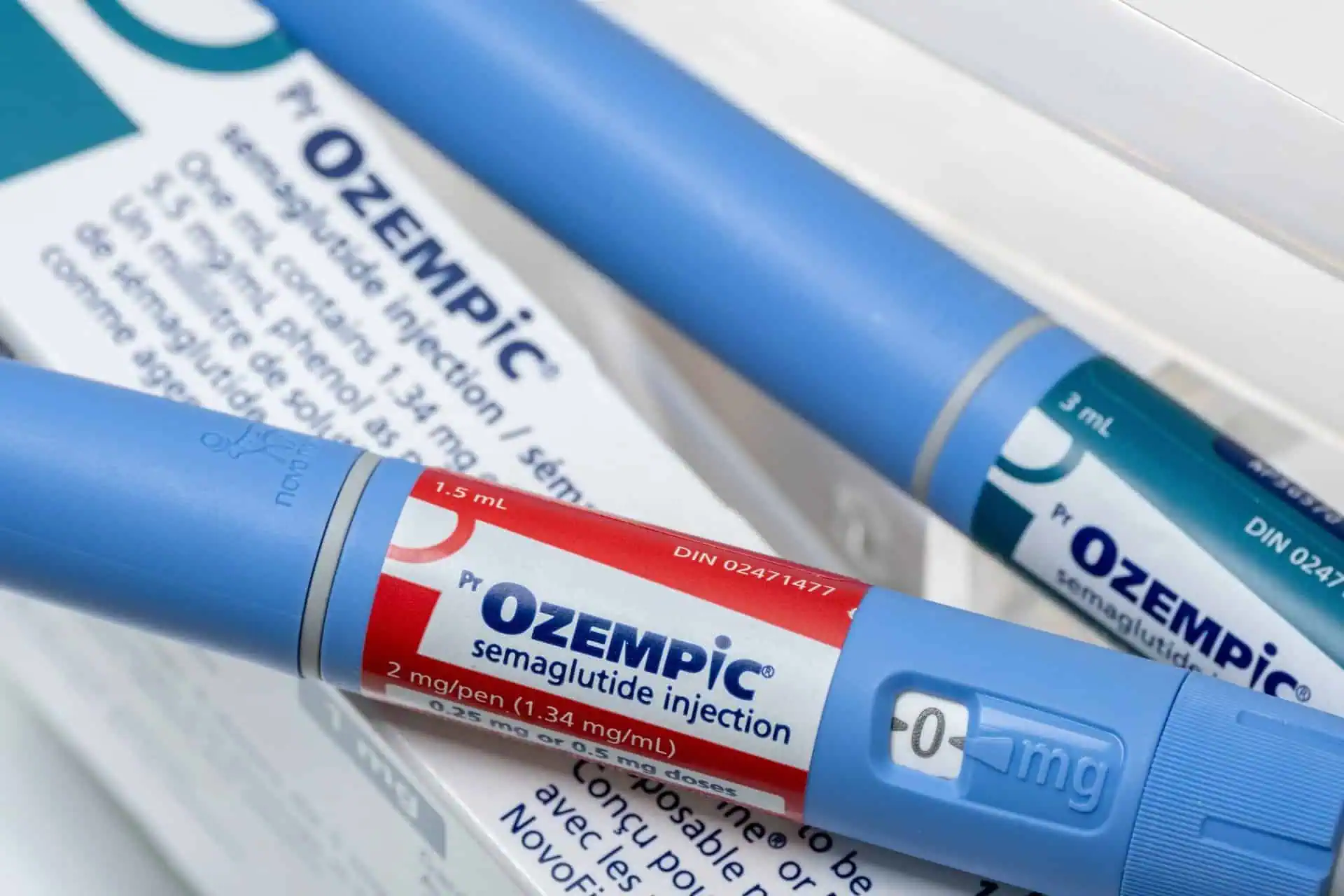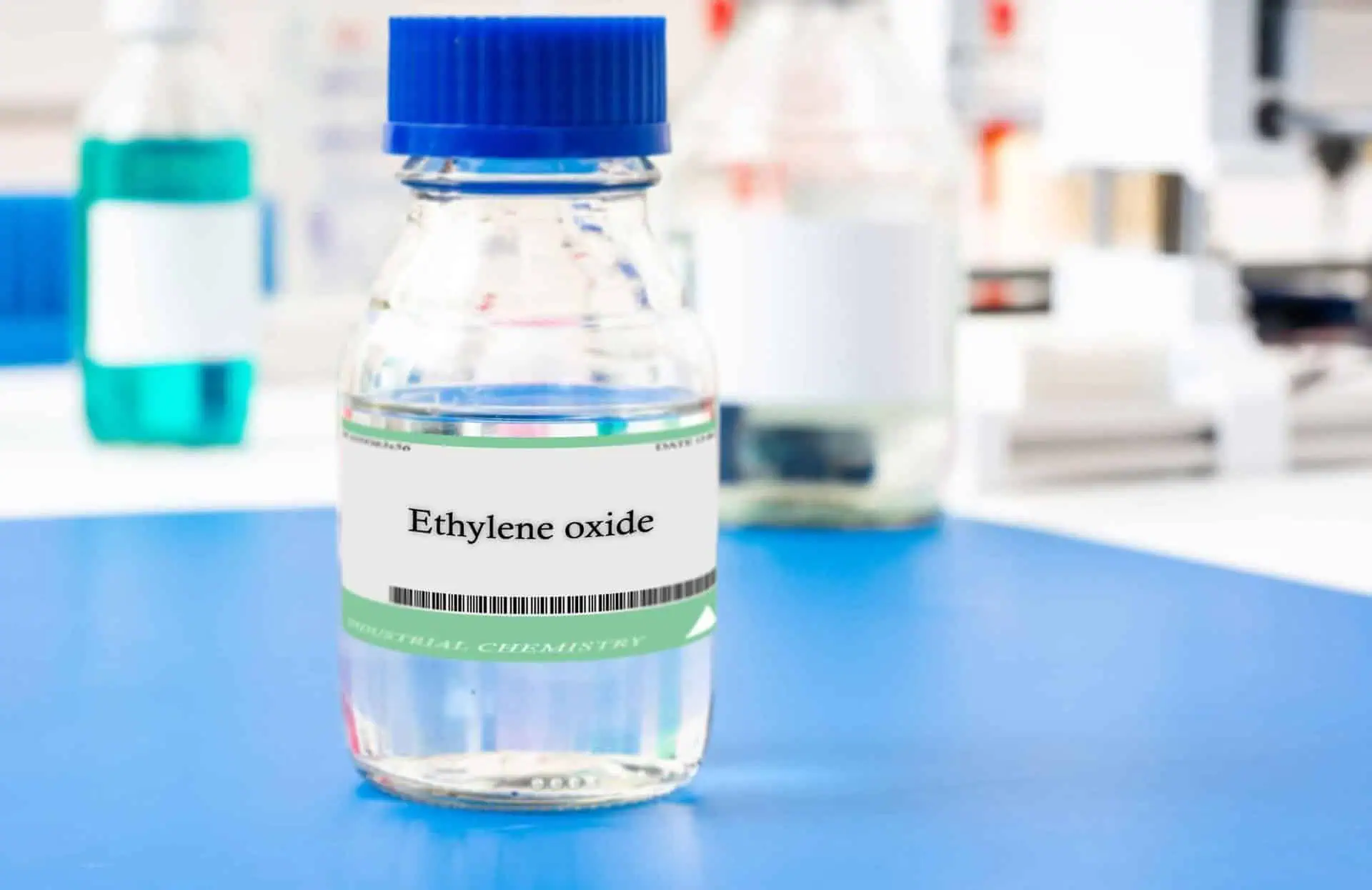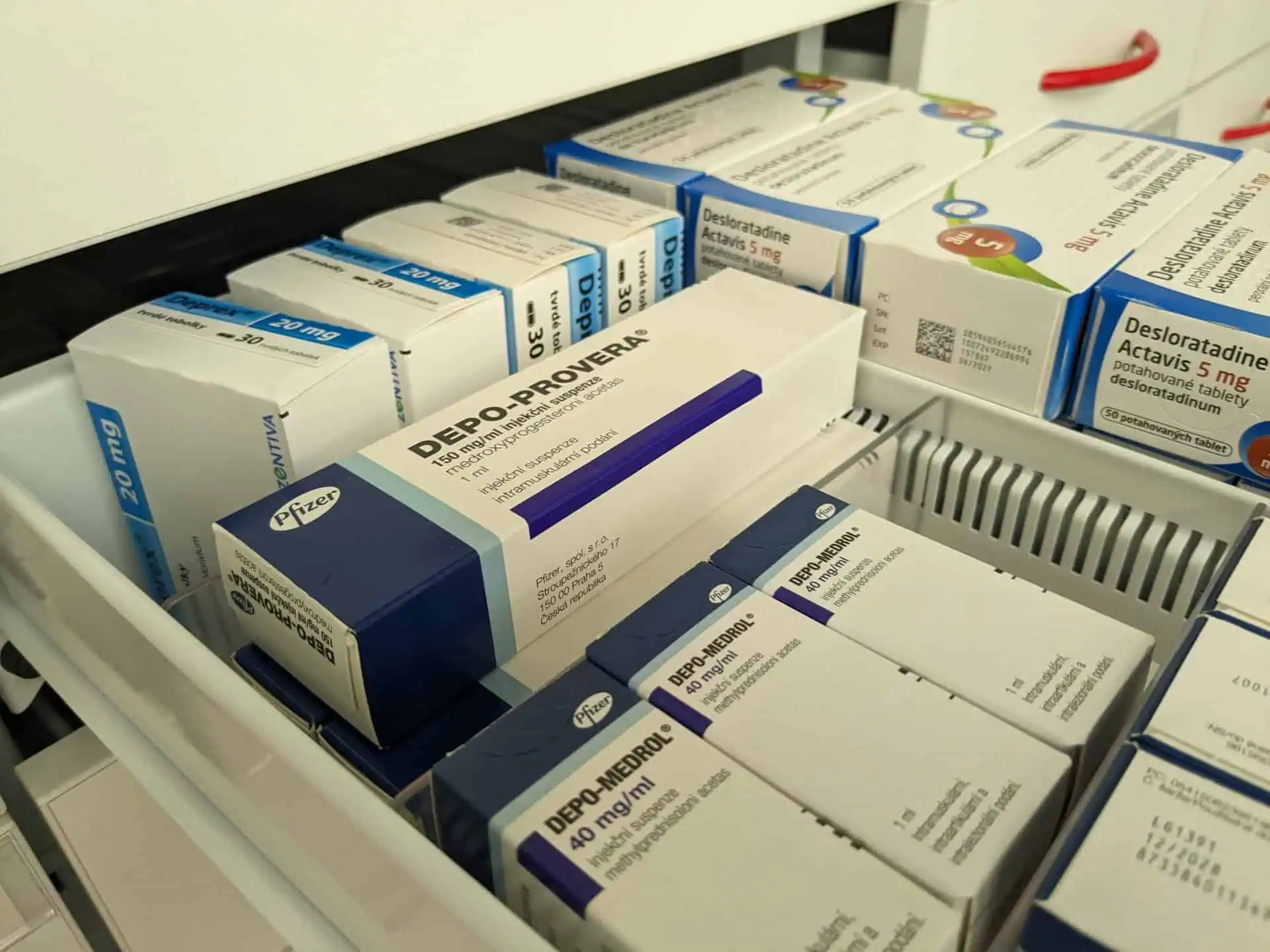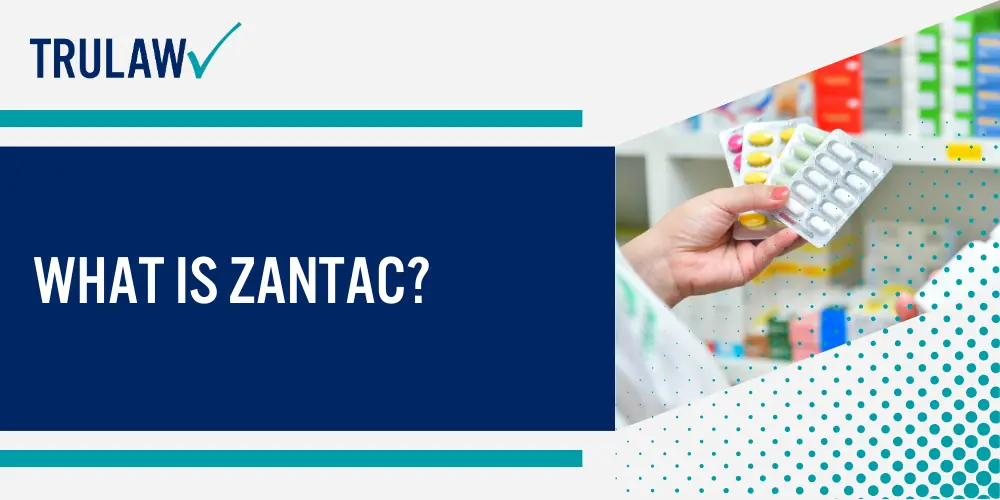
Zantac (ranitidine) is a histamine H2 antagonist that is available in both over-the-counter (OTC) and prescription form.
Zantac is primarily used in the treatment of gastroesophageal reflux disease (GERD).
Zantac decreases the acid production from the stomach for up to 12 hours assisting with the most frequently observed symptoms of GERD – heartburn and acid regurgitation.

Prior to its recall in 2019, Zantac earned the title of the best-selling drug in history.
Zantac was first FDA-approved in 1983 by GlaxoSmithKline.
By 1988, Zantac had become the world’s first-ever drug to top $1 billion in annual sales, worldwide.
In 1997, Glaxo’s U.S. patent for ranitidine expired and competitors launched generic alternatives to the drug.
Over-the-counter versions of Zantac were sold by Pfizer, Johnson & Johnson, Boehringer Ingelheim and Sanofi.
Zantac has been prescribed 15 million times each year and was predicted to surpass $485.4 million in U.S. sales alone by 2026, prior to its recall in 2019.
Although Zantac is the most prescribed and OTC-purchased brand of ranitidine, ranitidine is also sold under the names Acid Reducer, Taladine, Wal-Zan, Zantac 150, and Zantac 75.
These brand names are commonly supplied as 150 mg, 300mg, and as injections and oral solutions.

